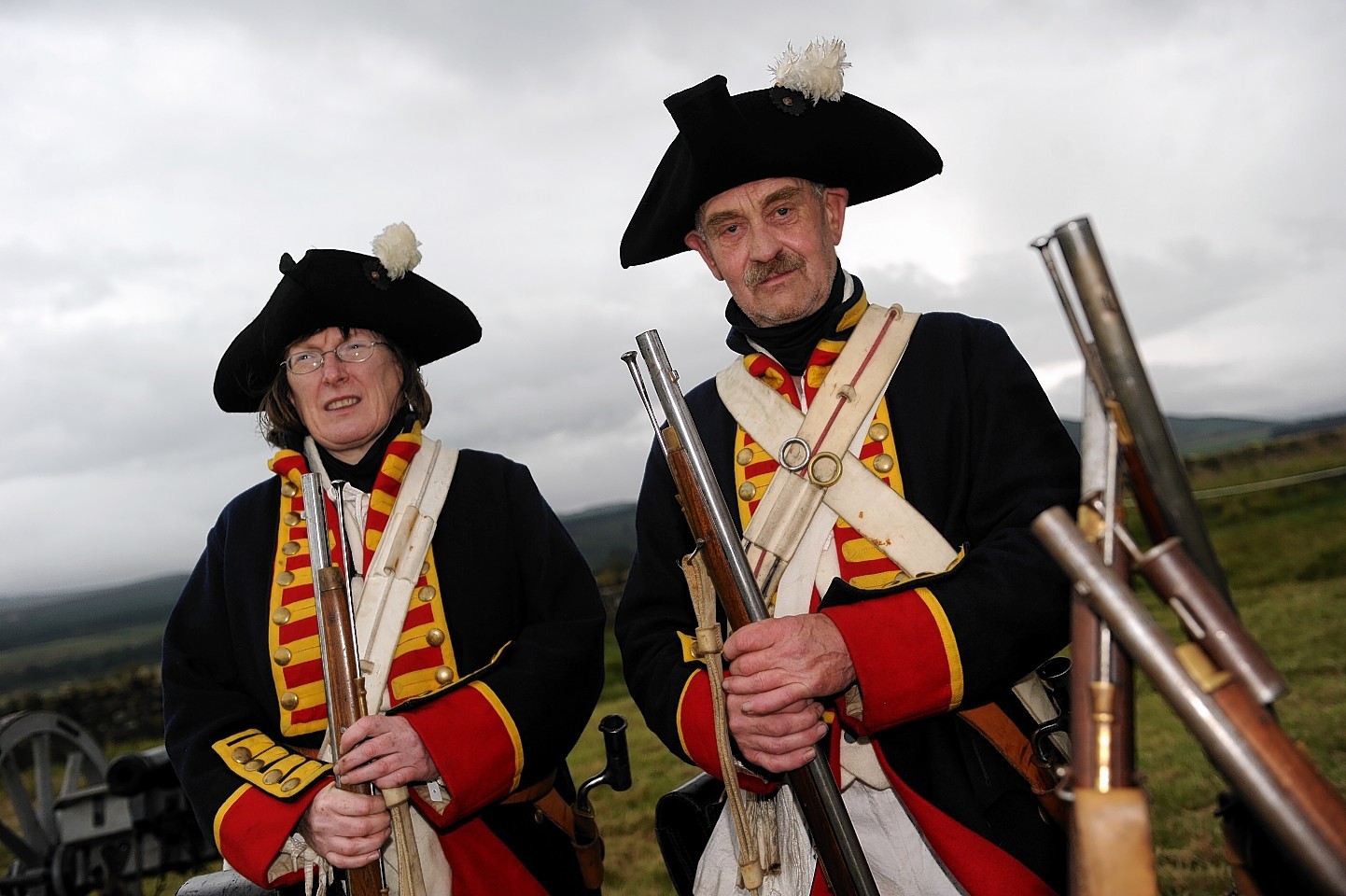The success of a fantasy TV series could bring an influx of German tourists to the Highlands this summer.
That is the prediction of tourism agency VisitScotland, which hopes the country can cash-in on the popularity of Outlander, which was filmed at several landmark Highland sites.
Later this year the agency will take a group of German delegates from tour operators on a trip around a number of the featured locations, including Culloden Battlefield and the Clava Cairns.
It is part of the travel trade show VisitScotland expo 2015 which will showcase a number of other famous north sites as part of a drive to lure new visitors.
Also on the Outlander tour will be Loch Ness and Beauly Priory.
The hit US-produced series was based on Diana Gabaldon’s best-selling novels.
Outlander follows the story of Claire Randall, a married English nurse from 1945 who – while on her honeymoon in Inverness – is mysteriously swept back in time to the 18th-century Highlands, where she meets a warrior named Jamie.
It debuted to British audiences earlier this year.
UK-based delegates will also visit a number of Outlander sites, and take in Glencoe, which stole the show in the James Bond film Skyfall, and Glen Nevis which had a starring role in the Harry Potter films.
Research has shown that 40% of tourists who travel to the UK are inspired to visit after seeing the country portrayed in movies or on television.
VisitScotland believes that film tourism provides a real opportunity for Scotland.
Malcolm Roughead, chief executive of VisitScotland, said: “It’s absolutely essential that we fuel the imagination of our overseas tour operators each year, giving them lots of inspiration for how they can package up Scotland for their customers.
“From connections with big-budget Hollywood movies like Harry Potter and James Bond, to classic works of fiction like Peter Pan and Sherlock Holmes, some of the world’s most recognised films and books have direct ties to Scotland, and we’re using this to our advantage.”
